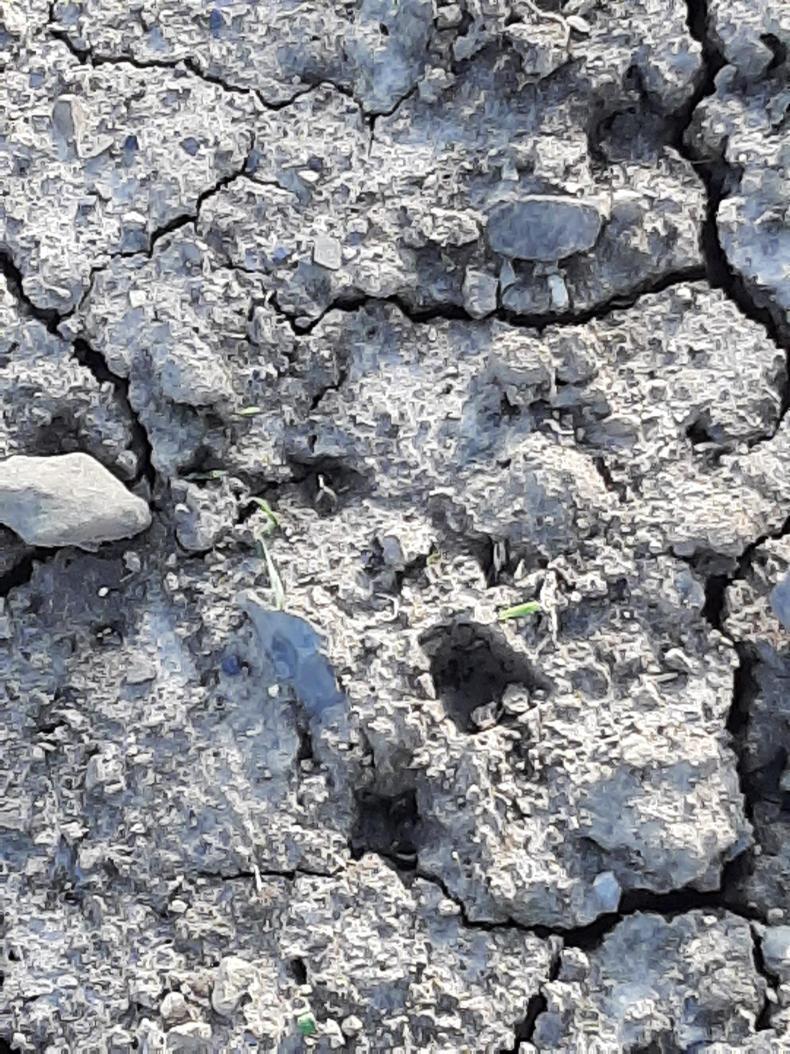With the universal appeal last Friday night by the Taoiseach for everyone to stay at home, except for really essential reasons, I was surprised to see an ESB van parked at one of the field gates on Saturday morning. This was my second encounter in a week with personnel directly employed or acting as contractors for the ESB.
The first were a pair of subcontractors, clearing branches from underneath the wires. They were in a white Hiace van with a tiny sticker saying they were acting for the ESB. c
I find this argument unsatisfactory, to put it at its mildest
The second said he was checking the lines, as there was such heavy demand with everyone at home.
Both apologised, but said they had no knowledge of who owned what land and had no contact details. I find this argument unsatisfactory, to put it at its mildest.
I recognise that the ESB has significant statutory powers allowing them to enter premises and land, but these are subject to legal oversight. Perhaps I am being unreasonable, but I fail to see why I cannot at least be notified of work intended to be carried out on my land.
I find this argument unsatisfactory, to put it at its mildest
I don’t buy the excuse that they don’t have contact details or knowledge of who owns the land on which their poles are erected. After all, I receive regular, correctly addressed bills and personnel visits when they need to carry out heavy work.
Apart from unexpected visitors, we have gotten on top of the work pretty well. Despite finding the cold, harsh wind slowing growth of crops and grass, the weather has dried everything up and made ground fully travelable.
There is certainly crow damage – the optimist might say there is plenty of space for the plants to tiller
The tramlines in my February-sown winter wheat and gluten-free oats are now visible, a full seven weeks after sowing.
Both crops are pockmarked with the telltale boring of crows. There is certainly crow damage – the optimist might say there is plenty of space for the plants to tiller, but to maximise yield, you need a basic plant population.

In any event, they have both got about three and a half cwt of 10:10:20 per acre, so we will see how they go.
The young Holstein AA and Hereford cross cattle are now out full-time just this week. We have plenty of grass for the moment, but clover growth in this weather is almost nil in some fields. I have never seen figures specifying how different clover varieties react to temperature differences, but it could also be that lime on some areas might help – even though the soil test results say we don’t need lime. It may sound odd, but soon I will be wishing for some soft southwestern light rain.






 This is a subscriber-only article
This is a subscriber-only article









SHARING OPTIONS: